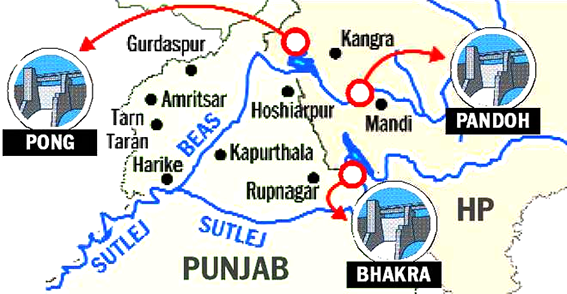





Disclaimer: Copyright infringement not intended.
Context
About Pong Dam
Key Facts about Beas River
|
PRACTICE QUESTION Pong Dam, recently seen in the news, lies in which state? A) Himachal Pradesh B) Bihar C) Odihsa D) Gujrat Answer: A |





© 2026 iasgyan. All right reserved